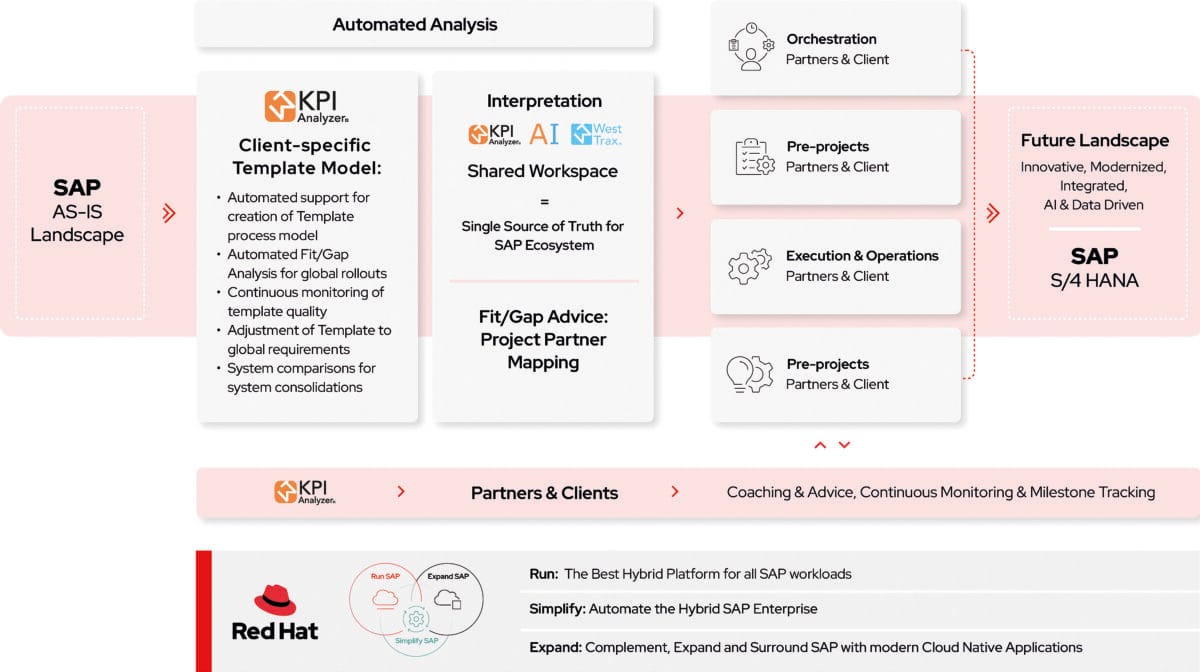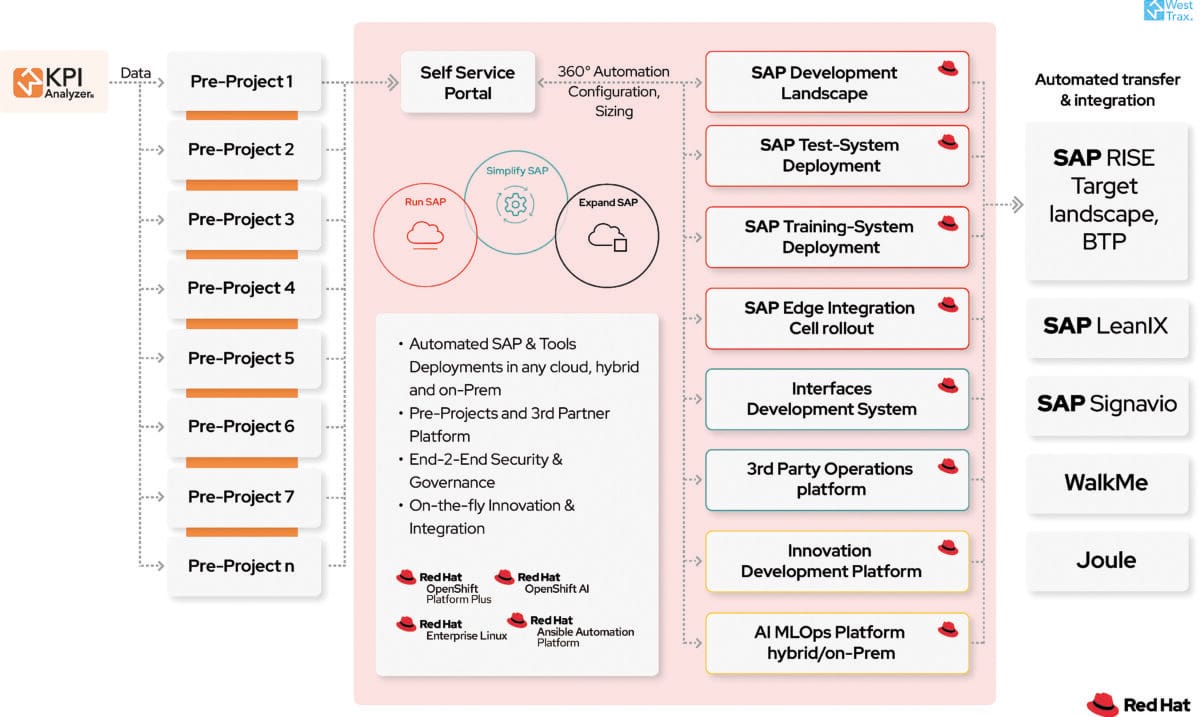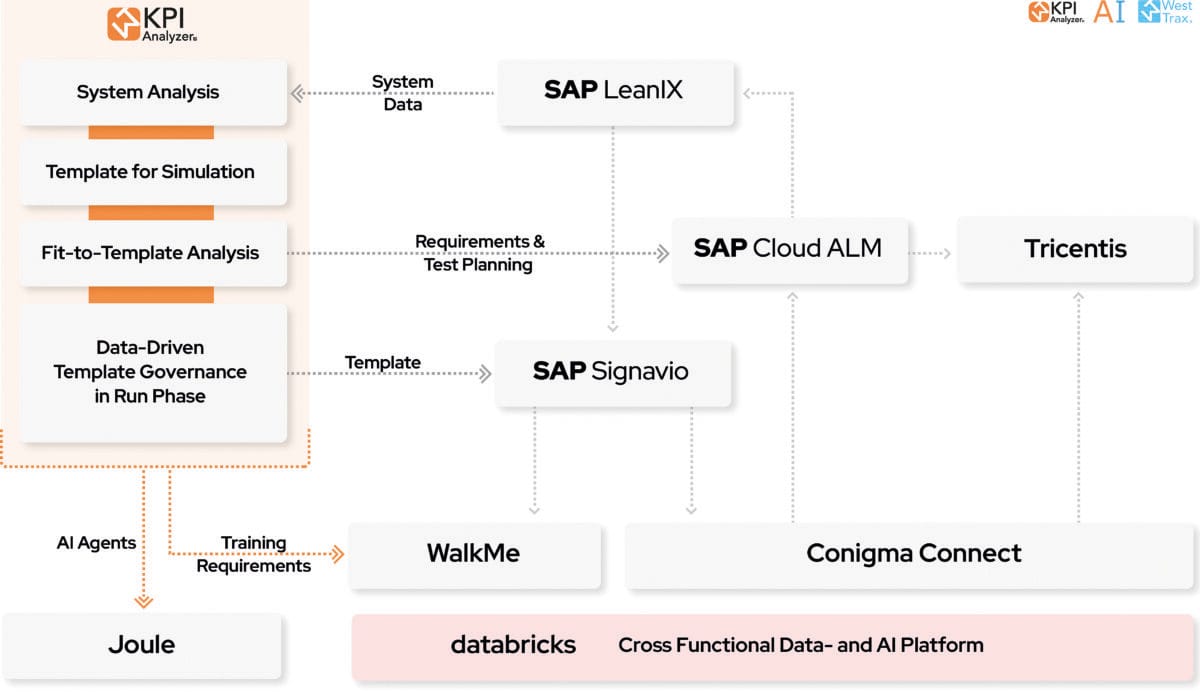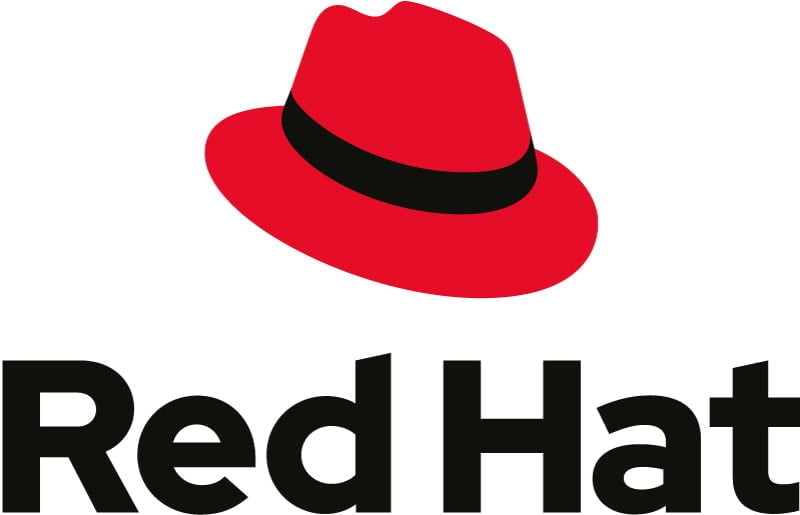Fast SAP modernization with fit-gap analyses and a factory approach


The time required for a classic SAP migration with workshops, interviews and manual analysis of actual value-adding system usage, interfaces and integrated applications is usually one year or more per system. Classic and isolated process mining approaches only help to a limited extent, as comparative analyses are not included. Despite all efforts, migrations remain a tough affair because the necessary transformation phases are not really integrated, act too independently and, in particular, do not benefit from the findings of phase 0 analyses. Many companies therefore only prioritize the technical migration as a first step due to the high effort involved.
Consolidation and standardization as well as innovation and automation are neglected in the process. However, companies should always keep future topics and modern technologies in mind when migrating their own heterogeneous SAP landscape. This is especially true with regard to RISE with SAP or the integration of new AI applications and cloud-native implementations. Automated fit-gap analyses and a factory approach are emerging as new industry trends to overcome this two-pronged challenge - migration and modernization.
The independent analyst firm West Trax has evaluated data from thousands of systems over a period of 20 years and has developed SaaS solutions based on this data that can be used to automatically analyze hundreds of systems. This makes it possible to determine the current status with the actual process utilization and standard deviations as well as inefficiencies, for example in the area of background jobs. As part of an SAP S/4HANA transformation, companies can use S/4 Fit Gap Insights to gain precise insights into how well their existing business processes match the standard functions of SAP S/4HANA or, more recently, even the template systems used internally by customers.
On this basis, necessary adjustments, process changes or potential improvements and quick wins can then be identified. Initial results are available within a few minutes, which can then be used by all project partners and stakeholders involved as well as by tools from the SAP toolchain such as Signavio, WalkMe or Cloud ALM. Unfortunately, these tools have not yet been optimally integrated, but they can now benefit from the analysis data of the SaaS solution KPI Analyzer from West Trax. In such an analysis and migration approach, a template "model" is generated from a template "system", i.e. a physical SAP instance, which serves as a simulation basis for the automated fit-gap analyses.

The template-based rollout factory approach at a glance. (All graphics: Source Red Hat and West Trax)
The "model" template acts as a kind of "single source of truth" for a specific corporate landscape, i.e. as a single, reliable data source for all stakeholders in the migration and transformation project - 100% data-driven, without assumptions or presumptions playing a role. The migration and modernization processes are then started on this basis. All systems are examined with regard to differences to the template model. The identified gaps are then evaluated and the necessary action steps are defined, for example with regard to optimizing existing systems or creating a roadmap.
It is also possible, for example, to design a template for a modern cloud footprint for an SAP system. This approach can result in a significantly faster and more successful migration. With an additional "governance" template, improvements can also be identified and incorporated during and after a completed transformation, as a new analysis is available after just a few hours. Hybrid cloud platform as the ideal infrastructure basis: The automated analysis in phase 0 is therefore the first step towards a fast and successful migration.
In addition, testing, staging, development and training systems must be set up for the new target landscape. Other necessary measures relate to interface customization, cloud-native development of connected applications or the transition from the SAP Process Integration (PI) or Process Orchestration (PO) solutions to the SAP Edge Integration Cell (EIC) with SAP BTP. Conventional approaches with the procurement of resources such as hardware, network or operating system or many silo-like system environments are not expedient here and cause the lead from the analysis phase to evaporate. Instead, a modern open source-based platform is the best option. It supports SAP migration and modernization in several areas: in the accelerated setup of a testing, development and staging landscape, even in self-service (integrated in ServiceNow, for example), in preliminary projects even across silos, in uniform security, monitoring and governance requirements, in the implementation of innovation initiatives and in the provision of final, hybrid production systems or automated transitions to SAP RISE.
These environments based on West Trax analysis data are provided in minutes, including all security requirements, test data and connected development environments or third-party systems. One important point should not be overlooked: Until now, it was often the case that the fit-gap analyses previously carried out manually were so time-consuming that innovation topics were only taken up afterwards. With an automatable platform approach, however, the innovation journey can be started from the very beginning on the identical environment that is used for migration and subsequent operation. This means that with a uniform, central and open infrastructure and application platform, such as the one provided by Red Hat OpenShift, SAP users can build the bridge from migration to modernization and innovation during the transformation.
In addition, an open source-based hybrid cloud platform approach offers further advantages. For example, companies can link on-premises and off-premises resources in accordance with the hybrid cloud concept. They can freely choose the appropriate IT infrastructure options for deploying and running applications from various offerings, which can be combined at any time. High portability is also guaranteed. This means that workloads can be moved quickly between cloud providers or from the cloud back to your own data center. An integrated platform supports all operating environments, from your own data center and edge environments to local cloud providers or large public cloud providers.
This high level of flexibility is particularly important for SAP users, as it allows them to optimally cover their individual requirements and react immediately to changes in the business environment.

The analysis results flow directly into automated, pre-connected rollout factory services.
The benefits of a hybrid cloud in the context of EIC introduction
There is no question that open hybrid cloud platforms and open source will play a central role in IT infrastructure and digital transformation in the coming years. The same applies to SAP users with their migration and modernization projects. A container management platform creates the best conditions for modernizing SAP applications, as it allows, for example, in-house ABAP developments to be modernized and further developed with modern open source tools and frameworks in line with SAP's "Keep the Core Clean" strategy.
A current example shows the potential of a hybrid cloud platform such as Red Hat OpenShift: the introduction of the SAP Edge Integration Cell. The use of business-critical EICs requires a stable foundation, which a Kubernetes-based platform in particular offers. It contains all the components required for secure operation out of the box. The enterprise-grade Kubernetes platform Red Hat OpenShift has been released for EIC since summer 2024.

The new fit-to-template approach can be optimally integrated into the SAP toolchain.
The SAP transformation using the example of Bosch Manufacturing
The first companies are already pursuing the innovative approach of SAP transformation with automated analyses. One example is Bosch Manufacturing Solutions: "At Bosch Manufacturing, we are pursuing a clear template approach as part of our S/4HANA migration. Our SAP system is used in several countries and is to be operated in an even more standardized and harmonized way in the future. In addition to strategic planning, it is particularly important for us to obtain a realistic picture of actual system usage - beyond process models or assumptions.
The KPI Analyzer from West Trax provides us with precisely this view: a fact-based, transaction-related analysis that delivers reliable results after just a few hours - objective, repeatable and with a clear reference to reality. This enables us to recognize which usage patterns dominate the system, where functional deviations occur - and how these are to be evaluated in the context of planned or existing template specifications. For example, with the help of the KPI Analyzer results, we have already been able to block around 700 programs in the legacy system and thus sharpen our focus in the preparation phase.
We do not achieve such a depth of usage transparency with the established SAP tools in this form. West Trax therefore ideally complements our SAP toolchain - not only in the pre-project phase, but also in tests, training and ongoing template governance. For us, the KPI Analyzer is an indispensable tool for developing a realistic, fact-based template and for managing and accelerating our S/4HANA transformation in a targeted manner." (Source www.westtrax.com)
This approach represents an ideal starting point for accelerating the subsequent phases. The result is a standardized rollout process, supported by a hybrid and certified open source platform from Red Hat. Dev, test, training and target environments, for example for SAP Edge Integration Cell, pre-projects or Kl workloads, can now be automated and provided in self-service in minutes instead of weeks. With full Phase 0 transparency, all SAP rollouts can be planned, efficiently and future-proofed.
Open source platforms as the basis for sovereign AI operations
In addition to migration, SAP users must also actively address innovation topics. AI technologies and, in particular, MLOps platforms play a decisive role here. They can be used inside and outside SAP and integrated with each other. However, unreserved use is not justifiable in business-critical SAP environments. Security, stability and digital sovereignty in terms of technology, operation and data must always be guaranteed. Open source strategies, technologies and solutions are therefore likely to gain in importance. After all, an open source approach stands for transparency and security. Open source AI projects such as vLLM, InstructLab or the Granite family of open source licensed models therefore play an important role in the development and implementation of trustworthy AI.
Whether a company uses a generic LLM or an AI model designed according to genuine open source principles: The platform used is always an important part of the AI environment. Here, too, a hybrid cloud platform can score points, especially with regard to secure AI implementation tailored to the company's needs, from AI model development to AI model training and AI model integration in applications.
For SAP users, there is no way around the use of modern applications, technologies and architectures in order to drive migration and modernization forward efficiently. A decisive success factor is the decision for the right target platform and architecture. Openness, standardization, security, agility, flexibility and independence should be key criteria. A comprehensive Kubernetes-based application platform such as Red Hat OpenShift can form the central, future-proof basis for this. SAP users should also take up current trends and developments such as the use of automated fit-gap analyses and the factory approach. This can ultimately save them years in their targeted and successful SAP transformation.
Event information
Red Hat will be represented at the DSAG Annual Congress at booth K2, with experts on site to discuss the topics of sovereign SAP and non-SAP landscapes, hybrid AI integration, SAP transformation, automated fit-gap analyses and Template Rollout Factory as a preliminary stage for SAP Signavio, LeanIX, Cloud ALM & Co.
Continue to the partner entry:







